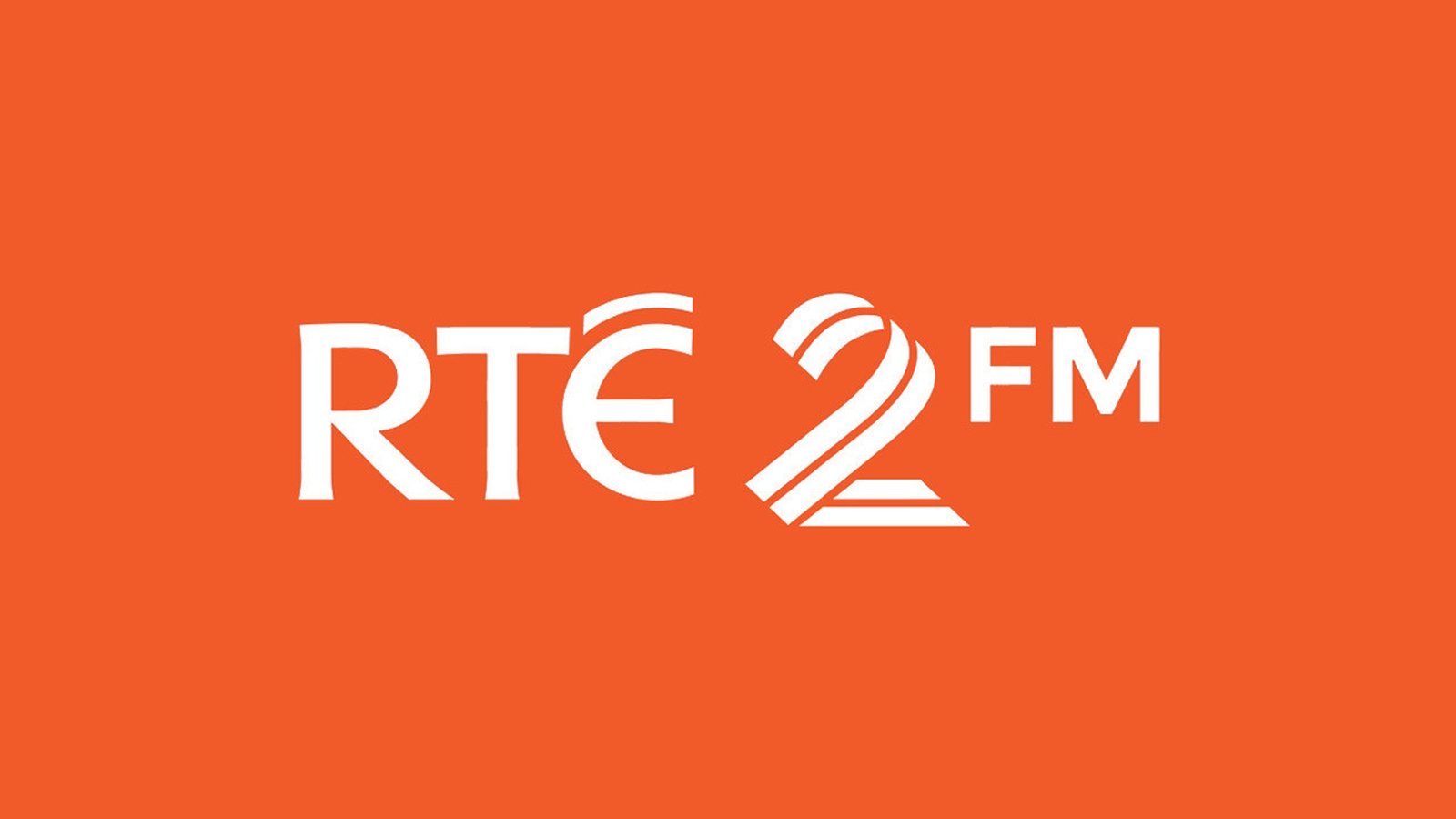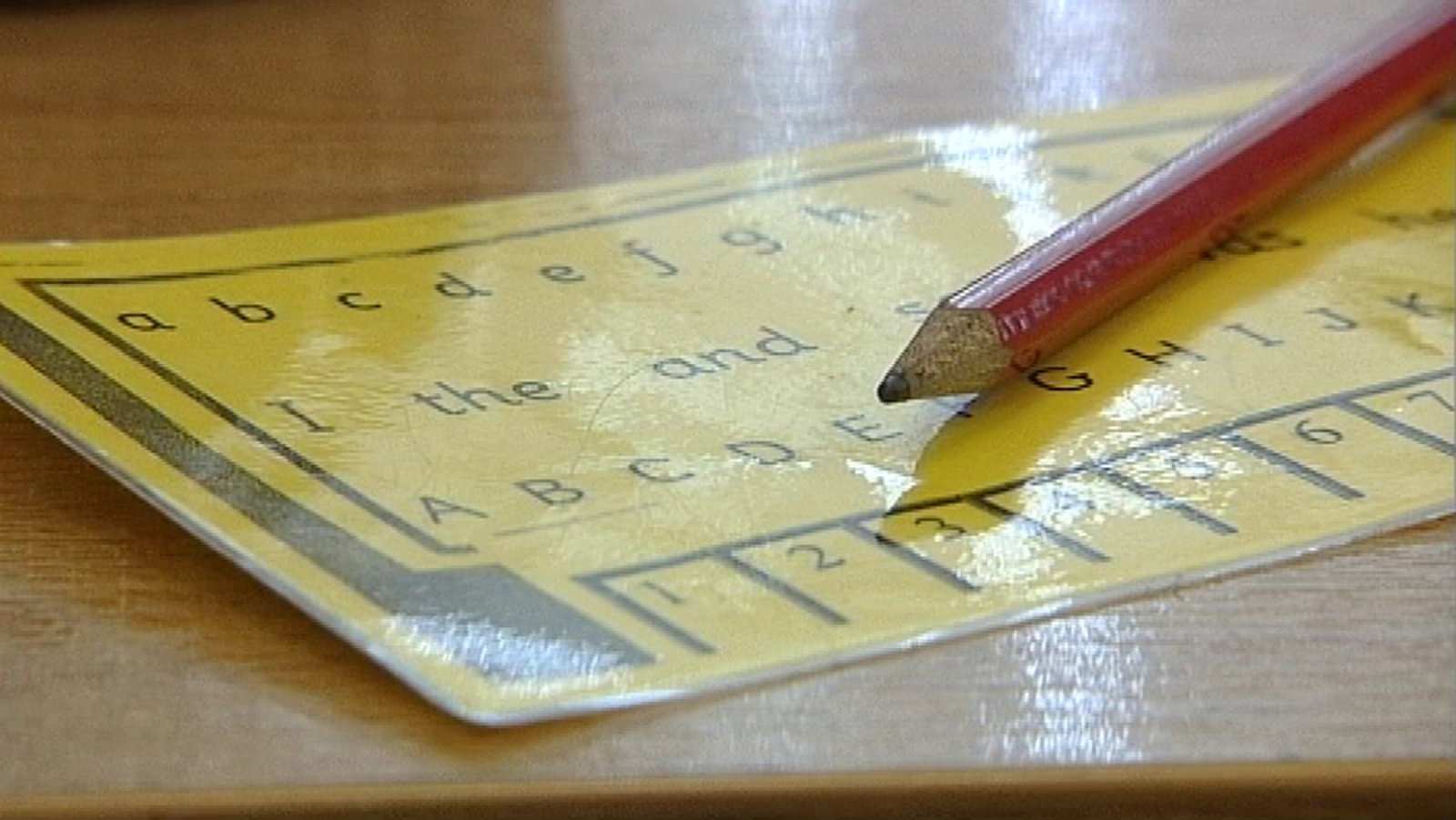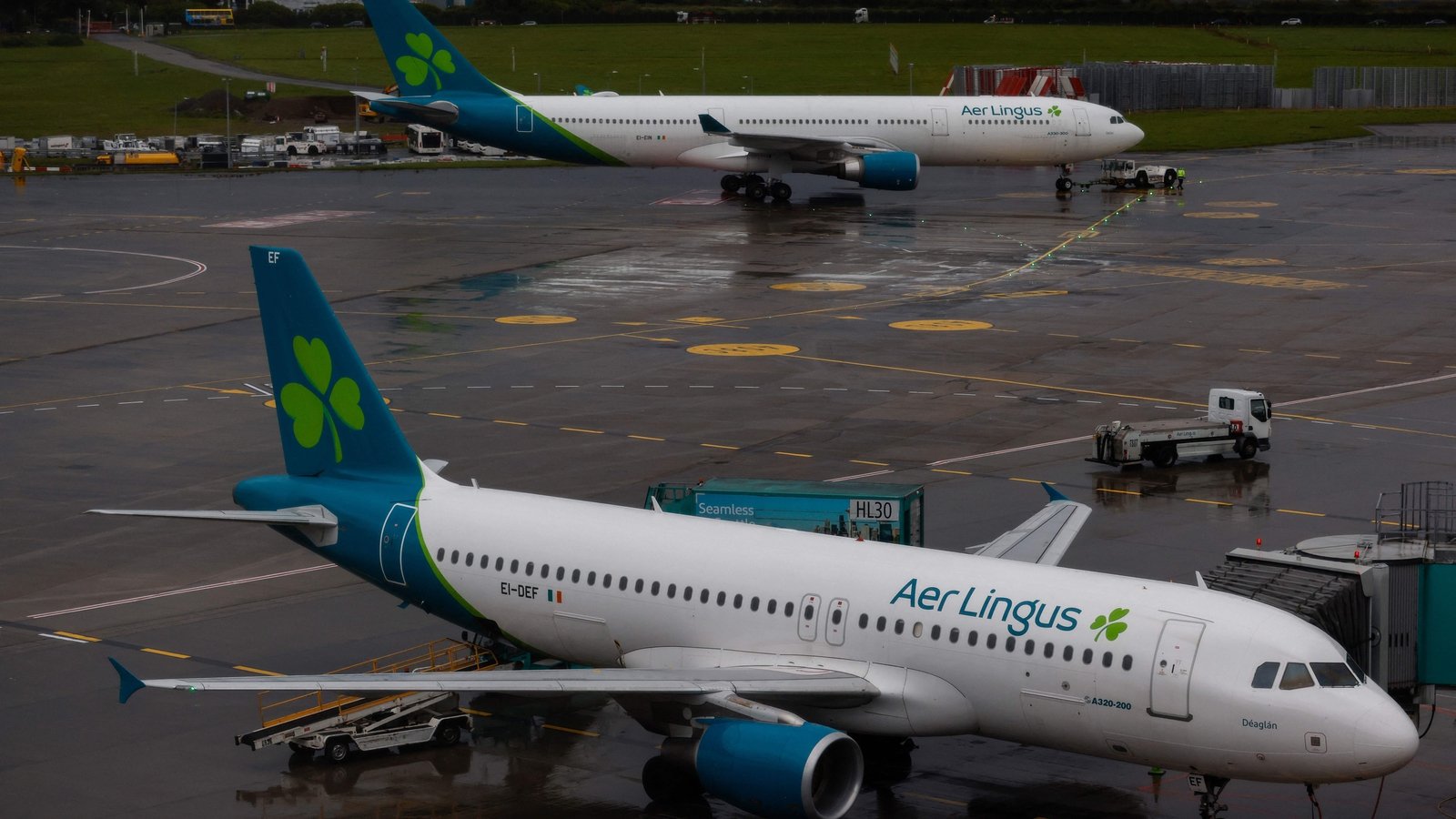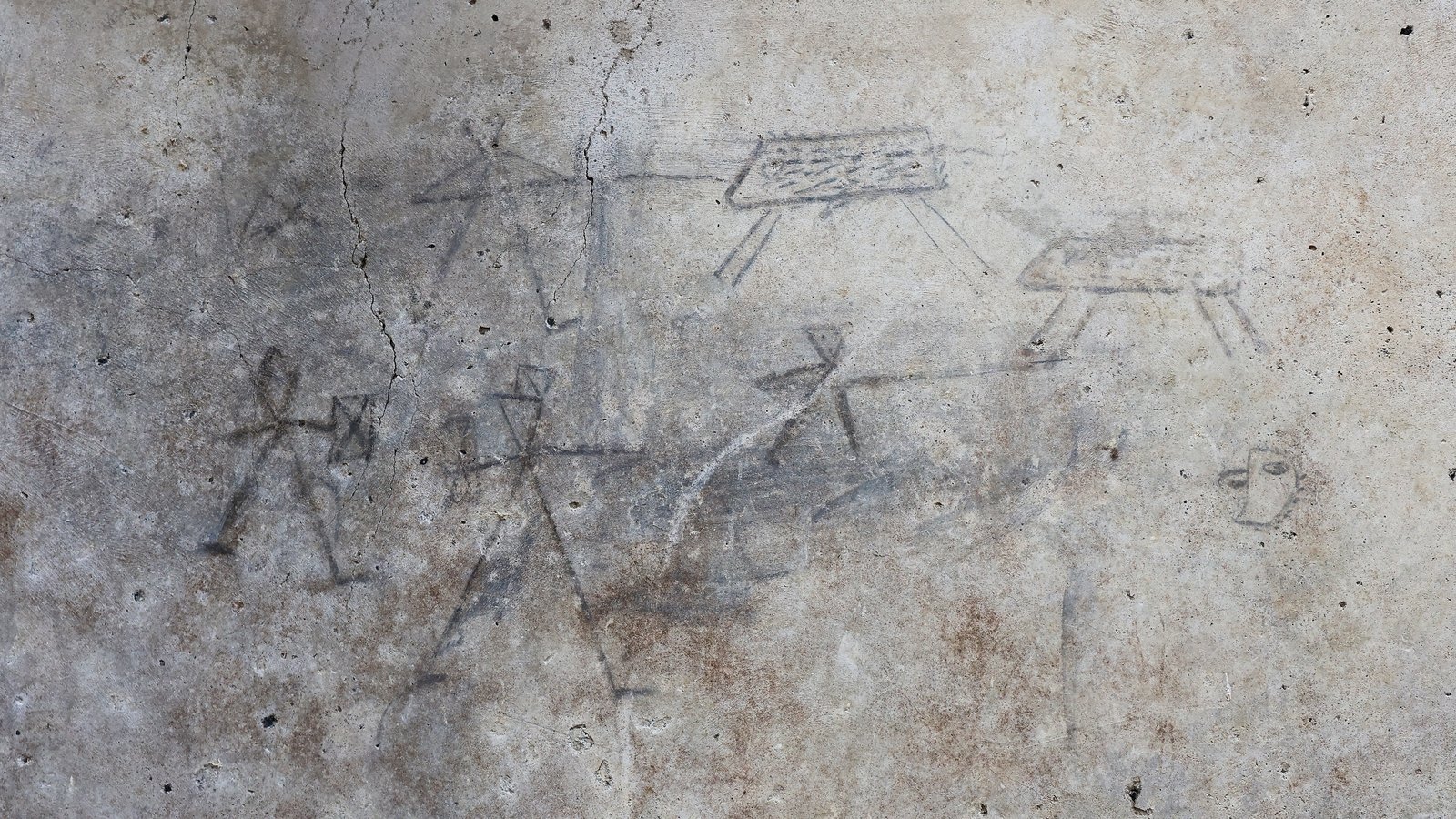War in Gaza continues despite UN-backed peace plan
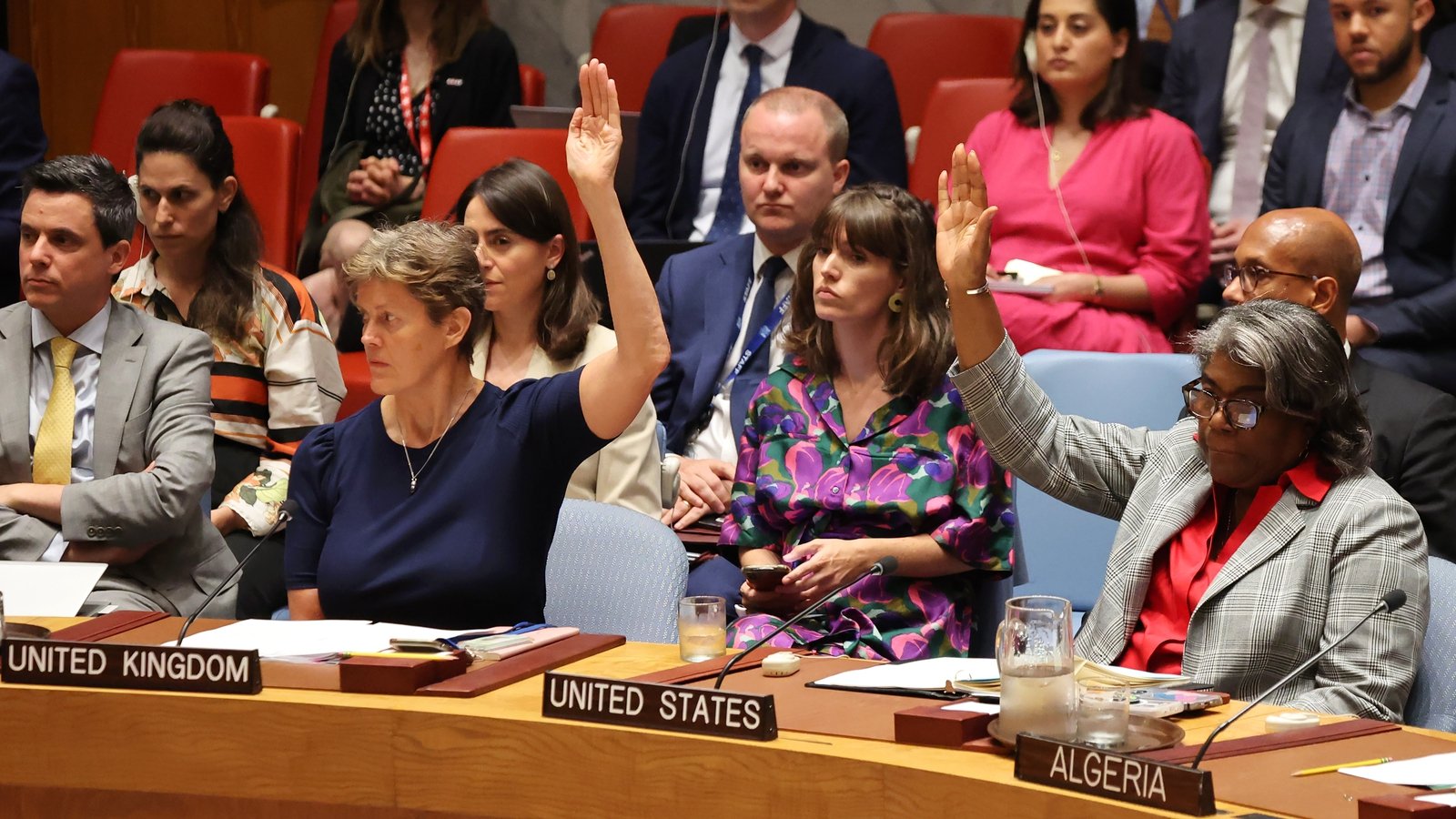
It has been nearly a week since the UN Security Council voted for a ceasefire to end the war in Gaza.
With 14 votes in favour and a Russian abstention, it was an overwhelming endorsement by the UN’s most powerful body of the three-phase peace plan that US President Joe Biden put forward at the end of May.
So, where’s the peace?
For nearly nine months the Security Council has tried, and generally failed, to come up with a form of words that all 15 countries could get behind.
There were high hopes for Monday’s resolution because it was drafted by the United States, Israel’s staunchest ally, which had blocked three previous ceasefire texts written by other members.
This time, there was no danger of a US veto and diplomats were somewhat buoyed by US assurances that Israel had accepted the terms of the resolution.
So confident was the US mission, that they wrote Israel’s acceptance into the final text.
It was now up to Hamas to do the same, US officials argued.
But in the following hours and days as Israel continued to bomb Gaza and the military pushed deeper into Rafah, Israel’s acceptance was thrown into doubt.
Was Israel on board with this deal or not?
Israeli officials wouldn’t say.
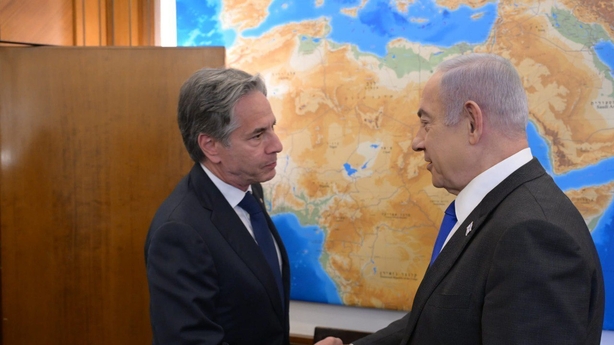
In the immediate aftermath of the vote, the Israeli representative to the United Nations, Reut Shapir Ben Naftaly, said Israel’s goals had been “very clear” since the first few days following 7 October: “To bring all our hostages back home and to dismantle Hamas’ capabilities…and ensure that Gaza does not pose a threat to Israel in the future.”
“Israel will not engage in meaningless and endless negotiations which can be exploited by Hamas as a means to stall for time,” she added.
In daily briefings at the White House this week, Biden administration officials fielded questions about whether Israel’s government had indeed signed up.
At the United Nations, the US Ambassador Linda Thomas-Greenfield faced the same line of enquiry. In an interview she gave to the US network CNN, she said: “Look, I can’t speak for Prime Minister [Benjamin] Netanyahu, I can only speak what the President has conveyed, and he has conveyed confidence in the Israeli acceptance of this deal.
“What we need now is Hamas to accept the deal.
“They welcomed the resolution immediately after it was passed, they need to take the next step and accept the deal and start to release hostages,” she added.
And then in a rather testy exchange with a reporter on Thursday at the G-7 Summit in Italy, President Biden doubled down on the line that it was Hamas alone that stood in the way of a ceasefire.
“I’ve laid out an approach that has been endorsed by the UN Security Council, by the G-7, by the Israelis and the biggest hang-up so far is Hamas refusing to sign on even though they have submitted something similar,” he said.
However, the fog surrounding the acceptance, or otherwise, of this deal was intentionally created, according to analysts.
“Let’s be clear about who agreed to what,” Aaron David Miller, senior fellow at the Carnegie Endowment for International Peace and former US State Department Middle East analyst and negotiator told RTÉ News.
The proposal which formed the basis of Biden’s peace deal, came from Israel’s war cabinet, not the Israeli government as a whole, he said.
“Prime Minister Netanyahu now has a juggling act to perform,” he said, “because ministers are threatening to bring down the coalition if he endorses or requests a formal endorsement from the Israeli security cabinet or the government as a whole”.
“So, they’re dancing around this,” he added.
As for Hamas, US Secretary of State Antony Blinken said the group had sent “unworkable” amendments to the proposal.
“A deal was on the table that was virtually identical to one that Hamas put forward on 6th May,” Mr Blinken said during his talks in Doha, Qatar.
Hamas could have responded with a simple “yes,” Mr Blinken went on, but they proposed more changes which “go beyond positions that it had previously taken and accepted, he said.
“As a result, the war will go on,” he said.
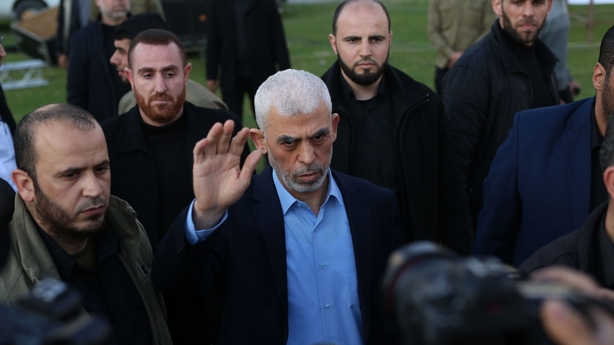
The fine details of the deal or Hamas’ proposed amendments have not been made public.
But the three phases of the proposal outlined by Mr Biden last month and written into the text of Monday’s UN Security Council resolution involve a ceasefire, release of Israeli hostages and Palestinian prisoners, full withdrawal of Israeli forces from Gaza and reconstruction.
The problem is that neither Mr Netanyahu nor the leader of Hamas, Yahya Sinwar, is really interested in a deal to end the war, Mr Miller said.
“War termination right now does not serve either of their interests,” he told RTÉ News.
Sinwar believes he’s winning and has no need to compromise, he said.
“He’s relying on hostages, tunnels and time to get him what he wants which is the survival of the Hamas senior leadership,” he said.
Mr Netanyahu meanwhile presided over “the worst intelligence failure in Israeli history” on 7 October and ending the war would mean facing accountability.
“[Netanyahu] is a guy who’s on trial for bribery, fraud and breach of trust in the Jerusalem District Court,” Mr Miller said.
“If he loses power, he’ll confront two choices: either a conviction or a plea bargain, which will mean his end of his political career,” he said.
So where does that leave the United Nations Security Council that gave its seal of approval to an agreement many were led to believe was already hammered out?
It certainly wouldn’t be the first time that Security Council decisions have been ignored by Israel and Hamas.
There are two ways of looking at it, according to Richard Gowan, UN Director at Crisis Group, a think tank headquartered in New York.
“One is that the council should not have endorsed a text until it was 100% clear that it was something that Hamas and Israel would buy,” he said.
“Alternatively, you can argue that council ceasefire resolutions often fall flat, and that there was no harm in tabling this to try to push the process forward,” he said.
“The council cannot just sit around and wait for warring parties to give them documents to rubber stamp and it was a relief to see some real diplomatic agreement in the council, after months of vetoes and messy compromises on earlier resolutions” he said.
The Security Council decision was the first in a volley of UN actions this week that raise the stakes for the warring parties, when it comes to future accountability under international law.
On Wednesday, a UN Commission of Inquiry found that Israel and Palestinian armed groups had committed war crimes in the attacks of 7 October and the ensuing conflict.
And on Thursday, the Israeli military, Hamas and other Palestinian militant groups were added to the UN Secretary General’s “blacklist” of parties who commit grave violations against children in conflict.
António Guterres said in the report that he was “appalled by the dramatic increase and unprecedented scale and intensity of grave violations against children in the Gaza Strip, Israel and the occupied West Bank, including East Jerusalem”.
In response, Israeli Prime Minister Benjamin Netanyahu said that UN had placed itself of the “blacklist of history,” while Israel’s foreign minister Israel Katz warned the Secretary General’s decision would have “consequences for Israel’s relations with the UN”.


